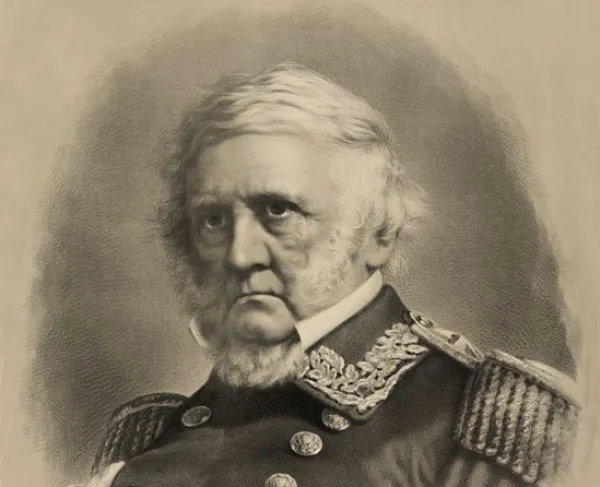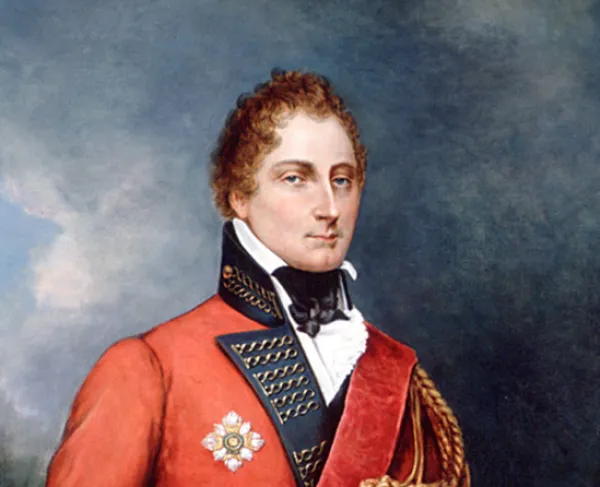
Lundy's Lane
Niagara Falls
Ontario | Jul 25, 1814
Throughout the War of 1812, the United States had tried, unsuccessfully, to capture British Canada. In July of 1814, the United States again attempted to invade Canada, this time launching an attack across the Niagara River, at the small neck between Lakes Ontario and Erie. Following initial success at Fort Erie and the Battle of Chippawa, Major General Jacob Brown camped his American forces along the river at Queenstown. Meanwhile, the British were able to reinforce their position. On July 24, Brown elected to withdraw to the Chippawa River to consolidate his forces and secure his supply lines before striking towards Burlington.
When he did so, British troops under Major General Phineas Riall advanced to Lundy’s Lane with a force of light infantry and militia in order to maintain contact with the Americans. Lundy’s Lane was an excellent military position, slightly elevated from the surrounding area, with one flank anchored in the river, and along major roads. Riall massed his artillery atop the rise and settled in to observe the Americans.
Early the next day, July 25, the British Lieutenant Governor, Gordon Drummond, arrived in the area to take command of the British forces. He ordered British reinforcements towards the encamped Americans, with the goal of driving them from the west bank of the Niagara.
Brown broke camp on July 25, and began to move north, and Riall immediately ordered a withdrawal when he discovered the Americans on the move. Drummond countermanded this order and had his troops reoccupy Lundy’s Lane, which they were still doing when the Americans arrived on the field around 6 pm.
In a classic meeting engagement, United States regulars under the command of Brigadier General Winfield Scott emerged from a forest into the mouths of the British artillery. After taking an initial beating, Scott ordered one of his regiments to flank the British left, which they achieved, engaging and routing two surprised battalions while he engaged the center. This flanking movement also managed to capture Riall, who had been wounded and was riding to the rear.
Drummond, seeing his left flank under threat, realigned his troops to secure his flank. In doing so, however, he left his artillery dangerously exposed and forward of his position. With night falling and Scott’s brigade mauled, many commanders would have retired, but Brown, recently arrived with the American main body, decided to press the attack. Brown positioned two fresh brigades for an attack, and ordered the commander of the 21st Infantry, Lieutenant Colonel James Miller, to capture the British artillery, to which Miller famously replied, “I’ll try, Sir.”
With the British distracted farther down the line, Miller advanced to within yards of the British guns and unleashed a devastating volley, followed by a bayonet charge. This action captured the British cannon, killed or wounded many of the gunners, and drove the British off the hill, earning Miller the title “The Hero of Lundy’s Lane.” Farther down the line, British troops stumbled headlong into the fresh American brigades and were also forced back.
While the Americans consolidated atop the hill and brought up their own artillery, Drummond, who had himself received a serious wound to the neck, was determined to recapture his cannon. He launched a frontal assault against his old position and was beaten back with heavy casualties on both sides. Drummond launched a second assault which was also repelled. In the darkness and confusion, Scott led an unordered charge against the British center that ended up in a rout after taking heavy fire from both British and American troops. Shortly afterwards Scott himself was badly wounded. Drummond then launched a third attack, which became a point-blank melee of musketry of bayonets in the darkness, before being repelled once again.
The fighting lasted well into the night, but by midnight, both sides were so badly mauled that the fighting ceased. In addition to Scott, Brown was also wounded, and ammunition and water were running low. Brown ordered a retreat, which was uncontested by the exhausted British. The battle had been inconclusive and bloody, particularly for the artillery, but the British had achieved the strategic victory of halting the American advance. Due to the high casualties, Brown was forced to abandon the campaign, and withdrew back into the United States.
Lundy's Lane: Featured Resources
Related Battles
2,500
3,500
853
878






